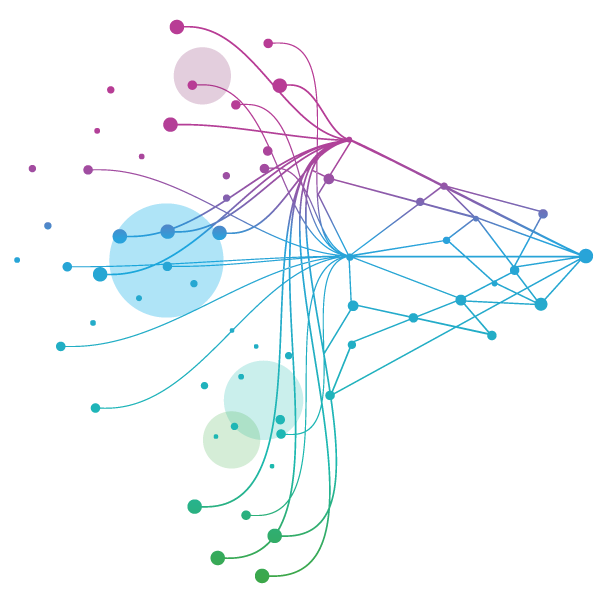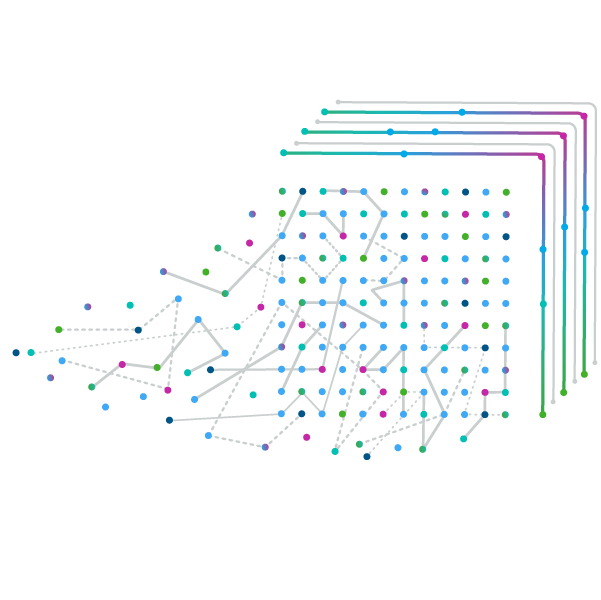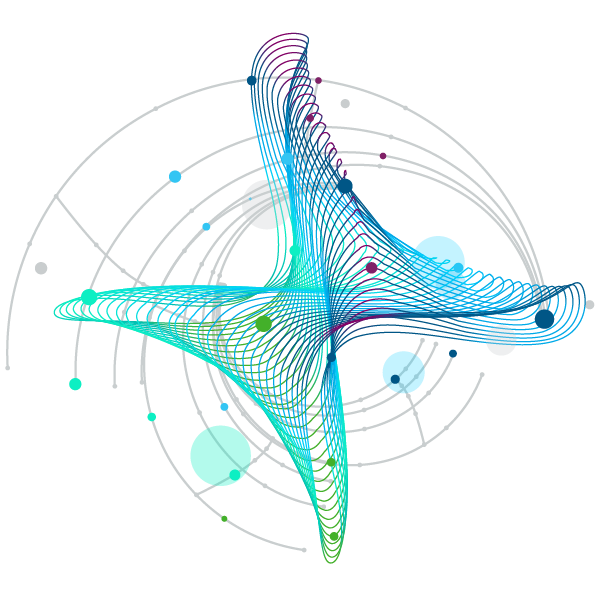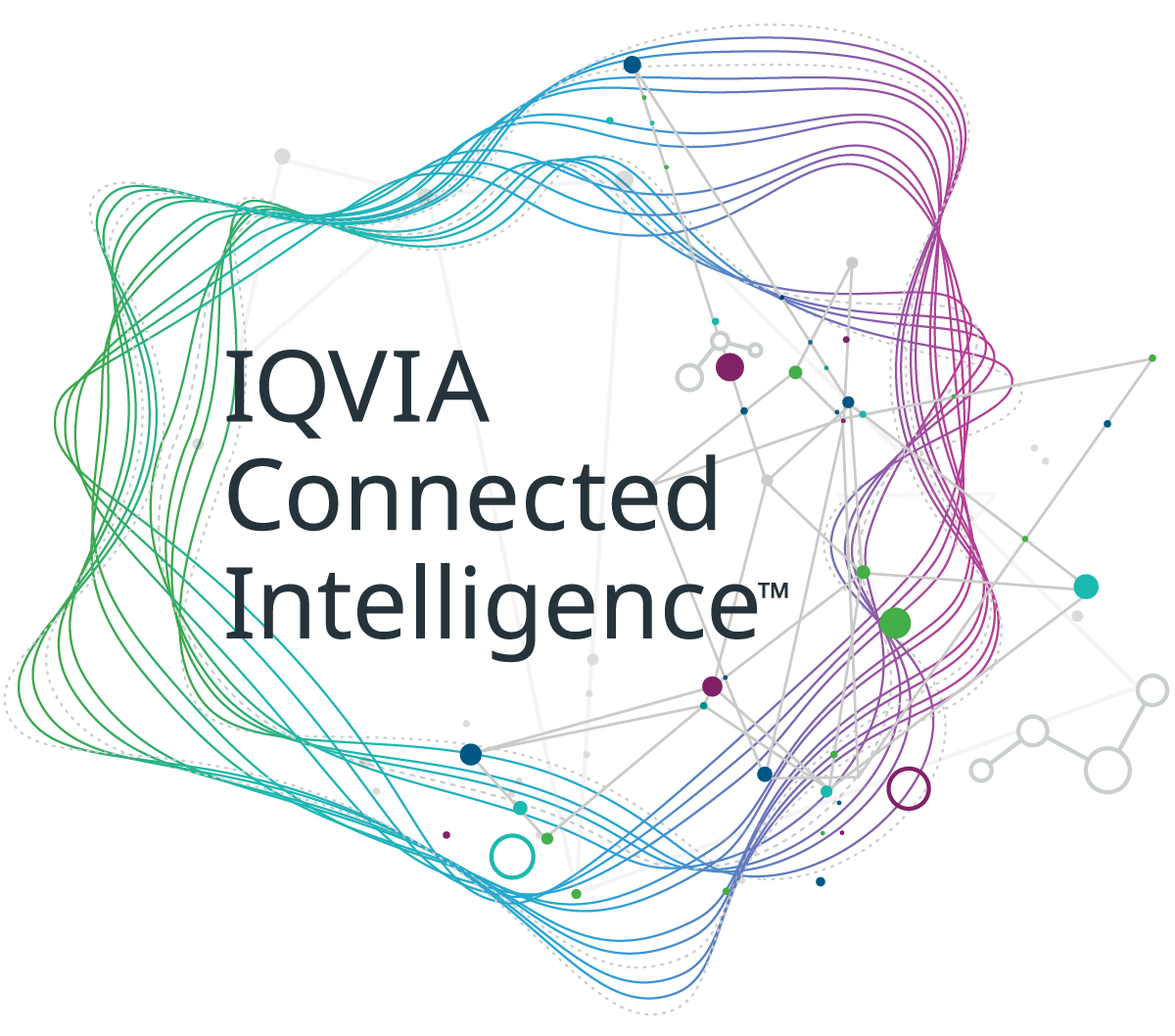Harness the power of automation to execute streamlined end-to-end safety solutions while reducing costs.
-
Americas
-
Asia & Oceania
-
A-I
J-Z

EMEA Thought Leadership
Developing IQVIA’s positions on key trends in the pharma and life sciences industries, with a focus on EMEA.
Learn more -
Middle East & Africa

EMEA Thought Leadership
Developing IQVIA’s positions on key trends in the pharma and life sciences industries, with a focus on EMEA.
Learn more
Regions
-
Americas
-
Asia & Oceania
-
Europe
-
Middle East & Africa
-
Americas
-
Asia & Oceania
-
Europe
Europe
- Adriatic
- Belgium
- Bulgaria
- Czech Republic
- Deutschland
- España
- France
- Greece
- Hungary
- Ireland
- Israel
- Italia

EMEA Thought Leadership
Developing IQVIA’s positions on key trends in the pharma and life sciences industries, with a focus on EMEA.
Learn more -
Middle East & Africa

EMEA Thought Leadership
Developing IQVIA’s positions on key trends in the pharma and life sciences industries, with a focus on EMEA.
Learn more
SOLUTIONS
-
Research & Development
-
Real World Evidence
-
Commercialization
-
Safety & Regulatory Compliance
-
Technologies
LIFE SCIENCE SEGMENTS
HEALTHCARE SEGMENTS
- Information Partner Services
- Financial Institutions
- Global Health
- Government
- Patient Associations
- Payers
- Providers
THERAPEUTIC AREAS
- Cardiovascular
- Cell and Gene Therapy
- Central Nervous System
- GI & Hepatology
- Infectious Diseases and Vaccines
- Oncology & Hematology
- Pediatrics
- Rare Diseases
- View All

Impacting People's Lives
"We strive to help improve outcomes and create a healthier, more sustainable world for people everywhere.
LEARN MORE
Harness the power to transform clinical development
Reimagine clinical development by intelligently connecting data, technology, and analytics to optimize your trials. The result? Faster decision making and reduced risk so you can deliver life-changing therapies faster.
Research & Development OverviewResearch & Development Quick Links

Real World Evidence. Real Confidence. Real Results.
Generate and disseminate evidence that answers crucial clinical, regulatory and commercial questions, enabling you to drive smarter decisions and meet your stakeholder needs with confidence.
REAL WORLD EVIDENCE OVERVIEWReal World Evidence Quick Links

See markets more clearly. Opportunities more often.
Elevate commercial models with precision and speed using AI-driven analytics and technology that illuminate hidden insights in data.
COMMERCIALIZATION OVERVIEWCommercialization Quick Links

Service driven. Tech-enabled. Integrated compliance.
Orchestrate your success across the complete compliance lifecycle with best-in-class services and solutions for safety, regulatory, quality and medical information.
COMPLIANCE OVERVIEWSafety & Regulatory Compliance Quick Links

Intelligence that transforms life sciences end-to-end.
When your destination is a healthier world, making intelligent connections between data, technology, and services is your roadmap.
TECHNOLOGIES OVERVIEWTechnology Quick Links
CLINICAL PRODUCTS
COMMERCIAL PRODUCTS
COMPLIANCE, SAFETY, REG PRODUCTS
BLOGS, WHITE PAPERS & CASE STUDIES
Explore our library of insights, thought leadership, and the latest topics & trends in healthcare.
DISCOVER INSIGHTSTHE IQVIA INSTITUTE
An in-depth exploration of the global healthcare ecosystem with timely research, insightful analysis, and scientific expertise.
SEE LATEST REPORTSFEATURED INNOVATIONS
-
IQVIA Connected Intelligence™
-
IQVIA Healthcare-grade AI®
-
IQVIA AI Assistant
-
Human Data Science Cloud
-
IQVIA Innovation Hub
-
Decentralized Trials
-
Patient Experience Solutions with Apple devices
WHO WE ARE
- Our Story
- Our Impact
- Commitment to Global Health
- Code of Conduct
- Sustainability
- Privacy
- Executive Team
NEWS & RESOURCES

Unlock your potential to drive healthcare forward
By making intelligent connections between your needs, our capabilities, and the healthcare ecosystem, we can help you be more agile, accelerate results, and improve patient outcomes.
LEARN MORE
IQVIA AI is Healthcare-grade AI
Building on a rich history of developing AI for healthcare, IQVIA AI connects the right data, technology, and expertise to address the unique needs of healthcare. It's what we call Healthcare-grade AI.
LEARN MORE
Meet the IQVIA AI Assistant
Your new expert analyst is here. Be at the forefront of data-driven decision-making with a new generative AI tool that enables you to interact with our products and solutions like never before. Get results you can trust, faster.
LEARN MORE
Your healthcare data deserves more than just a cloud.
The IQVIA Human Data Science Cloud is our unique capability designed to enable healthcare-grade analytics, tools, and data management solutions to deliver fit-for-purpose global data at scale.
LEARN MORE
Innovations make an impact when bold ideas meet powerful partnerships
The IQVIA Innovation Hub connects start-ups with the extensive IQVIA network of assets, resources, clients, and partners. Together, we can help lead the future of healthcare with the extensive IQVIA network of assets, resources, clients, and partners.
LEARN MORE
Proven, faster DCT solutions
IQVIA Decentralized Trials deliver purpose-built clinical services and technologies that engage the right patients wherever they are. Our hybrid and fully virtual solutions have been used more than any others.
LEARN MORE
IQVIA Patient Experience Solutions with Apple devices
Empowering patients to personalize their healthcare and connecting them to caregivers has the potential to change the care delivery paradigm.
LEARN MOREIQVIA Careers
Featured Careers
Stay Connected

WE'RE HIRING
"At IQVIA your potential has no limits. We thrive on bold ideas and fearless innovation. Join us in reimagining what’s possible.
VIEW ROLES- Blogs
- Leveraging AI in pharmacovigilance workflows
Artificial intelligence (AI) offers opportunities to increase speed and reduce resource burden across the drug lifecycle, enabling improved patient outcomes. To better support growing case volumes, pharmacovigilance (PV) teams are assessing how this technology can be leveraged to supplement existing efforts, including streamlining case processing and adverse event intake. There are several critical considerations to ensure successful implementation of AI across PV workflows, but with a strategic and compliant approach, AI stands to revolutionize PV functionality.
What Is The Regulatory Climate Like?
The rapid proliferation and relative newness of AI in pharmaceutical processes has resulted in a somewhat uncertain regulatory landscape. However, the FDA and other regulatory agencies around the world have demonstrated a robust effort to provide guidance around how best to leverage this technology. Two recent updates from the FDA should be top of mind for PV teams considering the integration of AI into its current workflows:
- The Center for Drug Evaluation and Research’s (CDER) Emerging Drug Safety Technology Program (EDSTP): In 2024, CDER launched EDSTP, an initiative that aims to promote discussion on the use of AI and emerging technologies in PV processes. As part of this program, drug sponsors can request non-binding meetings with the FDA to discuss AI usage in their PV systems and gain regulatory feedback.
- Considerations for the Use of AI to Support Regulatory Decision Making for Drug and Biological Products’ draft guidance: Released in January 2025, this draft guidance focuses on AI usage across all stages of the lifecycle, providing insight on how to leverage a risk-based approach to AI to ensure credibility and accuracy.
Though the regulations will likely continue to shift in the coming years, these initiatives reflect the willingness of the FDA to support AI assistance across the drug lifecycle and collaborate with sponsors to enhance its impact.
How Does AI Improve PV Processes?
As PV teams are faced with increasing volumes of structured and unstructured data across a variety of sources, thoughtful inclusion of AI enables more efficient processing and minimal handoffs. These are some of the ways AI might be used to supplement PV efforts:
- In-operation data analysis on medical information calls: AI conducts voice and sentiment analysis, transcription, and adverse event intake.
- GenAI language processing: Applying AI to scan unstructured data, like social media, for adverse events.
- Optical character recognition (OCR): AI pulls data from structured documents and conducts mapping to structured fields.
Drug sponsors exploring where and how to add AI into their existing PV systems should consider working with an experienced provider of AI-driven PV solutions. Given the complexity of AI, establishing a partnership with experts not only helps ensure a return on investment but also brings essential knowledge, skills, and resources to ensure that AI is implemented effectively and safely.
Ready To Learn More?
In a recent webinar, IQVIA experts spoke to the FDA’s latest regulatory guidance around AI and how to strategically implement this technology into existing PV systems to increase efficiency and accuracy. If you are ready to learn more about how to leverage AI in your PV program, download the white paper, The Future of Pharmacovigilance: Integrating AI with Drug Safety Systems.











